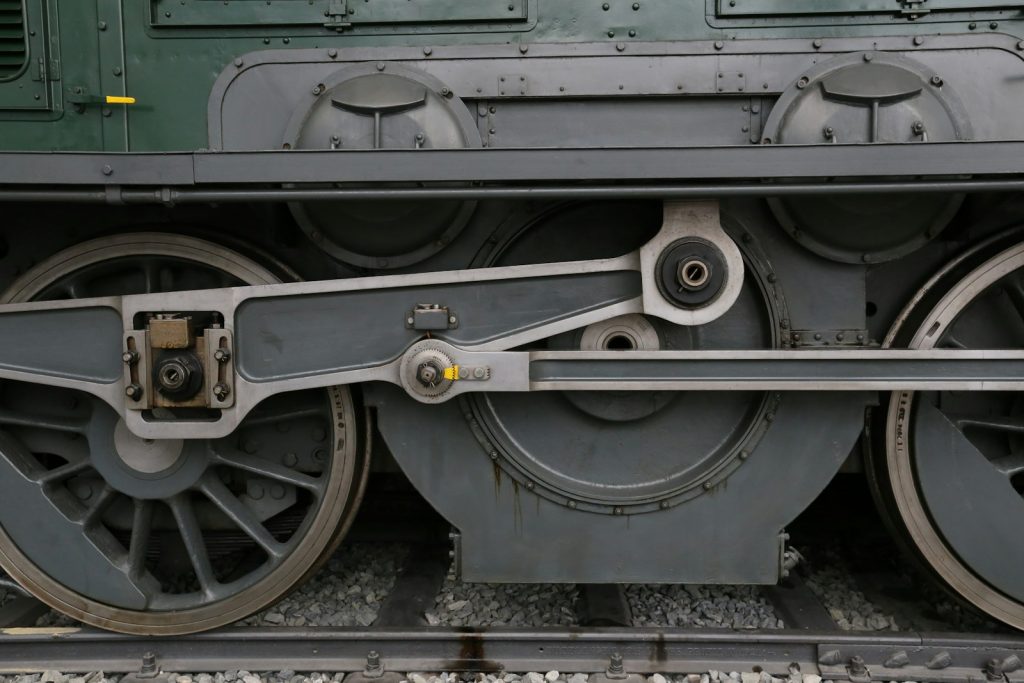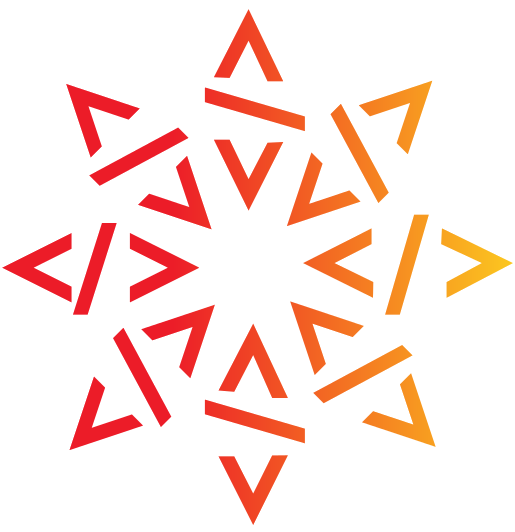Software Heritage: The next chapter

We’re reaching a significant milestone in our journey, a moment that feels less like an update and more like a pivotal shift. This isn’t just about a new development; it’s about arriving at a new phase of independence, enabling us to connect and collaborate in ways we’ve long envisioned.
We launched in 2016, under the auspices of Inria, France’s National Institute for Research in Digital Science and Technology, and later earned the support of UNESCO.
For years, we’ve dedicated ourselves to building a robust universal source code archive. The energy, commitment, and collaboration we’ve witnessed from every corner of the world have been inspiring. Yet, to genuinely flourish and become a truly independent force for open knowledge, we understood a fundamental evolution was necessary.
That evolution is now here. We’re embarking on a substantial transformation designed to grant us greater autonomy, allowing decisions to more directly reflect the rapid pace and advancements in technology and research. Ultimately, this will accelerate our mission on a much broader scale.
Welcoming our new Advisory Board
A key part of this sea change is establishing a dedicated Software Heritage Advisory Board. This board isn’t just a formality: it’s a critical step in building a long-term, sustainable organization.
Our initial Advisory Board, established around 2017, played a crucial role in launching Software Heritage from an Inria project. In 2018, we evolved to a “Fondation Abritée par la Fondation Inria” to manage funds. However, to face the challenges ahead and ensure stable operations, we need to transition to a more autonomous structure.
The new Advisory Board’s role will be to guide us in defining and transitioning to this new Software Heritage. This includes:
- Legal structure and governance: Helping us find a legal framework that ensures long-term evolution
- Economic model: Developing a sustainable financial equilibrium for the future while staying true to our non-profit and open-source commitments.
- Internal organization: Building the team needed for an autonomous entity
- Ecosystem and messaging: Strengthening global partnerships and communicating our value to society.
This board’s composition is important, as the Software Heritage infrastructure will serve the needs of a broad spectrum of stakeholders, from cultural heritage to science, from industry to public administration. We’ve brought together a diverse group, balancing various expertise (e.g., technical, legal, business, NGO experience) with crucial international coverage, including representation from Europe, the Americas, and Asia. This blend of geographical and technical diversity is vital to ensuring we capture a wide range of perspectives and expertise for the future of software preservation.
Learn more about our new Advisory Board and their roles on their dedicated page.
